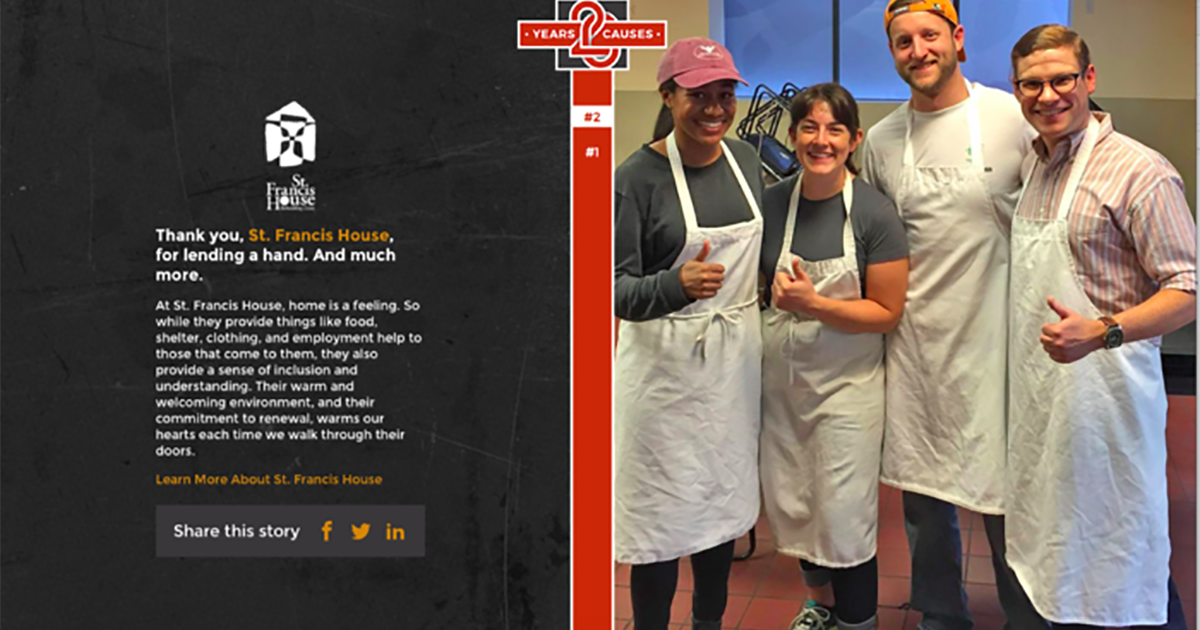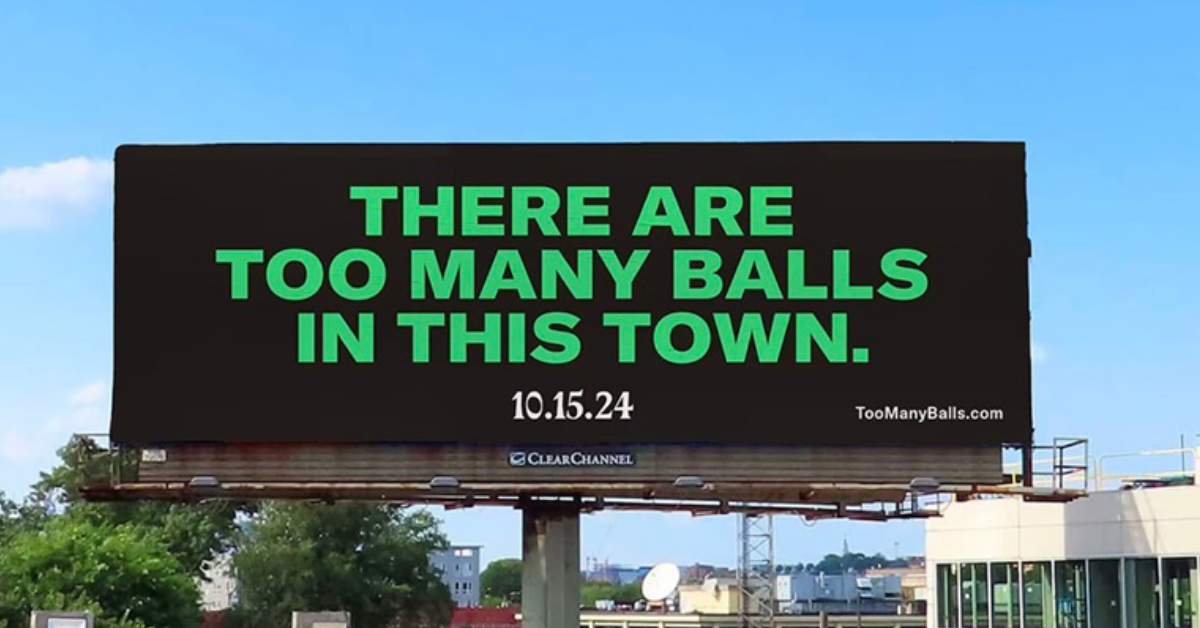It was a mostly overlooked gesture in a meaningless game. A final nine innings in New York that would bring a disastrous 2012 season to an end. But there was something about Dustin Pedroia’s insistence on playing in that final game, despite a broken finger, that stuck with us all winter as we began work on the Red Sox 2013 campaign. As the Hot Stove heated up, we watched as GM Ben Cherington passed on big ticket free agents and instead added “character guys.” And a no BS manager John Farrell. And we listened as our client’s marketing team told us of the organization’s top to bottom dedication to building a team that the fan base could relate to and hopefully embrace. This was no small task. Red Sox fans felt abandoned. The historic September collapse of 2011 was followed by a year of bad losses and a manager who failed to connect with the team and this region. Even the ownership, which had helped end 86 years of suffering, turned Fenway Park into an architectural marvel and invested heavily in free agents, had somehow become vilified. Fans weren’t just apathetic. They were pissed. But like any good fight with a family member, (which most fans consider the Sox to be) it’s no fun staying mad. You want to feel connected, and feel the love. You want to want to be a fan again. Sports marketing is no easy feat. All teams, even bad ones, need to sell tickets, so hope is mandatory. But a fan base can grow leery of overpromise and under delivery. Just ask the 2003 Mets, who exhorted fans to “Experience it!” Then lost their home opener 15-2 on the way to finishing 34 ½ games back. Never a smart idea in a three tabloid town. What we knew about the 2013 Red Sox, and their leery fans, was that talking about past greatness was no longer viable. 2004? Old news. Yaz? Love him but he can’t hit in the 3-hole. And any promises of future success would likely fall on deaf ears. So the next step would be a bold one. What if we admitted it was time to start over? That we had perhaps lost our way? And maybe ask for a little patience while we did it? And that’s where that broken finger came into play. Because with it, we had the makings of an authentic and powerful foundation. Starting with a single, haunting black and white image of Pedroia, and five simple words: What’s broken can be fixed. Not a boast or a promise. But a single statement that said, ok, we get it. Mistakes were made. We want what you want. And we’re going to do everything we have to in order to get there. It resonated at 4 Yawkey Way as well, so we set to work crafting messages straight from the heart, and with language of our new manager and players. Hard work, unity, patience and relentless effort became our key benefits. Less sell. More transparency. With an uncommon respect and sensitivity for the fan’s frame of mind. Like all good work, it was a campaign that took a special client. And the Red Sox organization is just that. Despite all the crap that gets said in the media, they treat the franchise as a publicly held institution in many regards, with a deep and respectful appreciation for just how interwoven the team is in the fabric of New Englanders’ lives. To them, a return to winning, and winning a certain way, was a deeply held core belief. This was not marketing. It was a mission. And people took notice. The airwaves slowly were filled not with vitriol, but with a tentative interest in new guys named Victorino, Gomes, Napoli. Even The New Yorker took notice of the humble and unique tact of the campaign. And gradually the wins began to pile up. Uniforms got dirty. Beards grew. And the fans began to believe. And here where we are now. New, epic moments added to the Nation’s collective psyche. Humming engagement across all platforms. Champagne flowing. A city gone berserk. I watch the way these guys have played, marvel in the worst to first story they have written and one thing is clear as the Boston Red Sox are crowned Champions. It’s fixed.







